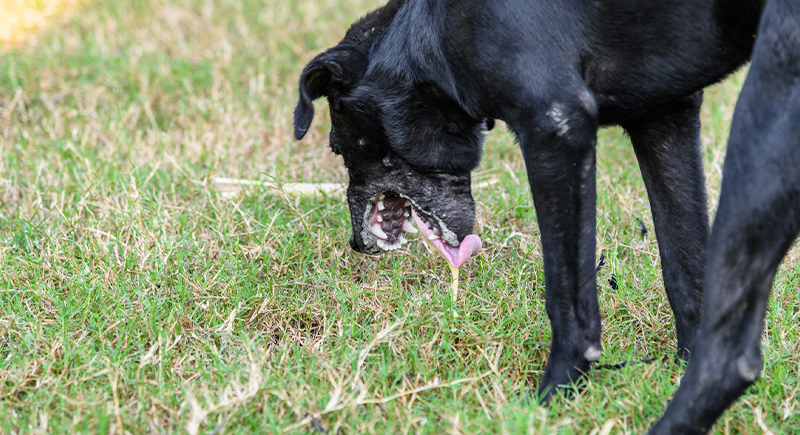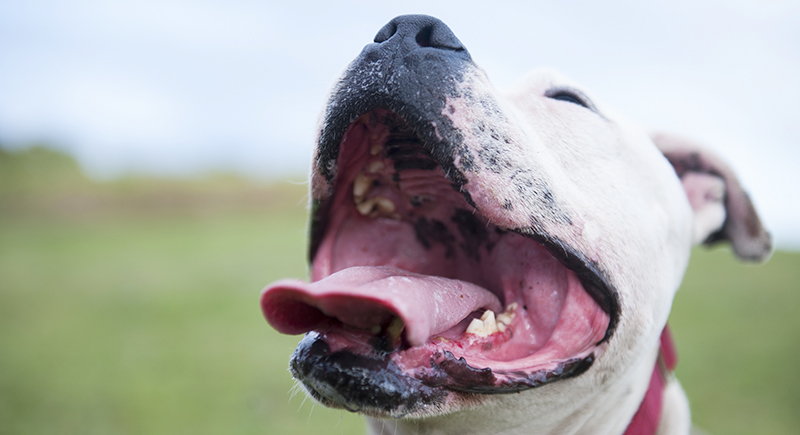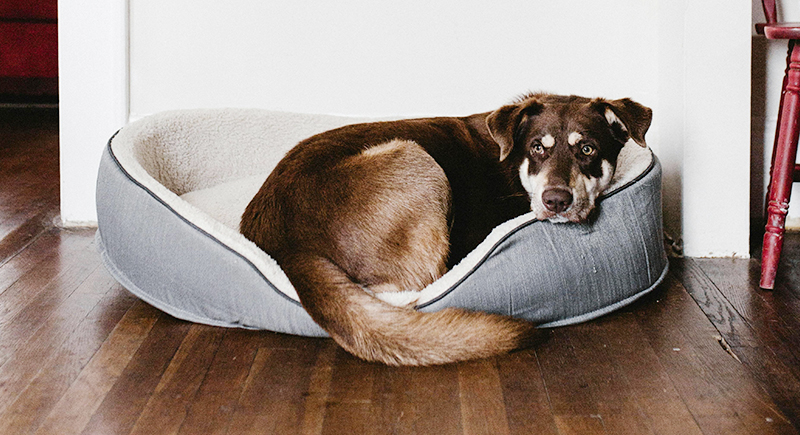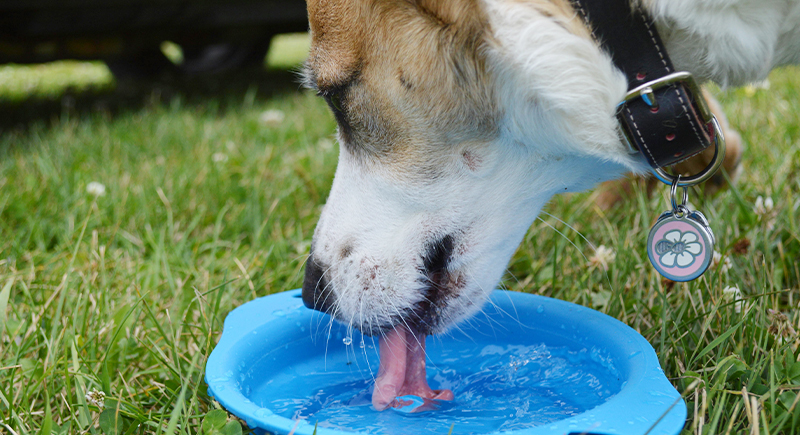10 Signs Your Dog Needs to Go to the Vet Immediately
Dogs often hide their discomfort until it becomes harder to manage. The early signs of illness aren’t always loud or obvious, which is why noticing them early makes all the difference. If something about your dog seems off, don’t assume it will pass. Some symptoms reveal conditions that get worse fast without treatment. After all, knowing what to watch for and what to do next can prevent unnecessary pain and complications.
Vomiting More Than Once a Day

Credit: iStockphoto
A dog that vomits several times in one day, or repeatedly across several days, may have more than an upset stomach. Frequent vomiting can lead to dehydration, damage to the esophagus, or reveal something serious like bloat or toxins. If the vomit contains blood or the dog also refuses water, you should contact your vet right away and describe what you’ve observed.
Labored Breathing or Gasping for Air

Credit: freepik
Breathing problems in dogs can manifest differently, but labored movement of both the chest and belly typically stands out. These dogs may appear wide-eyed, stand still while breathing, or avoid lying down. You might notice pale or bluish gums, which suggest low oxygen levels.
Blood Appears in Stool, Urine, or Vomit

Credit: freepik
Veterinarians treat visible blood in stool, vomit, or urine as a serious sign. It can point to issues like ulcers, infections, clotting disorders, or internal injuries. Blood in vomit may look fresh or resemble coffee grounds. Dark, tarry stool could indicate bleeding higher in the digestive tract. Bringing a sample or photo of the discharge helps speed up diagnosis during the exam.
Eye Redness, Swelling, or Pressure Changes

Credit: pixabay
Dogs rely on vision as much as humans do, and untreated pressure changes can lead to permanent loss of sight. Additionally, redness, cloudiness, or one eye bulging more than the other can signal a potential emergency. These could result from trauma, infection, or glaucoma, all of which can escalate quickly.
Weight Loss Without Dietary Changes

Credit: pixabay
When canines lose weight without changes in diet or activity, it signals a need for medical testing. Even a 10% loss can be significant, especially in small breeds. Causes can include parasites, thyroid disorders, cancer, or chronic organ problems. For this reason, a veterinary evaluation that includes bloodwork and imaging can uncover conditions before they progress too far.
Sudden Loss of Coordination or Movement

Credit: pexels
Active dogs usually move with ease and can shift easily between play, rest, and routine. Losing that ease, like struggling to stand, dragging their legs, or collapsing, can signal spinal injury or nerve disruption. Breeds like Dachshunds and Corgis face a higher risk due to their body structure. Avoid helping them walk or dragging them forward. Instead, slide a towel under their belly for support and call your vet to let them know you’re coming.
Prolonged Lethargy or Disinterest in Routine

Credit: pexels
If your furry friend sleeps through favorite activities or refuses to get up for walks, something deeper might be going on. Dogs can act tired for many reasons, but when rest doesn’t bring them back to normal, it becomes a concern. Look for additional symptoms like vomiting, limping, or shaking. If the lethargy lasts longer than 24 hours, they may need a full physical exam.
Collapse, Seizure, or Brief Unconsciousness

Credit: unsplash
Any episode where your pup falls over, stiffens, or stops responding is alarming. Even if they recover on their own, the event could be tied to toxins, seizures, or heart problems. Documenting how long it lasted and what happened afterwards can help your doctor identify the cause. Don’t delay care for these symptoms—even short-lived episodes can be dangerous to their health.
Trouble Passing Stool or Urine

Credit: pixabay
Kidney damage, bladder rupture, and intense discomfort can all result from blocked urination or prolonged constipation. These conditions can worsen, especially in male dogs, who are more prone to urinary obstruction. A canine that strains repeatedly, whines during elimination, or produces little to nothing needs to be evaluated soon. Constipation lasting more than two days could indicate diet issues, dehydration, or a blockage.
Increased Water Consumption or Urine Output

Credit: pexels
Professional evaluations might include monitoring water intake when assessing diabetes, kidney disease, or hormone-related conditions. A good way to check is by observing how often you refill the water bowl. Lighter-colored urine may suggest poor water regulation. Dogs may also begin having accidents indoors or asking to go out more frequently.